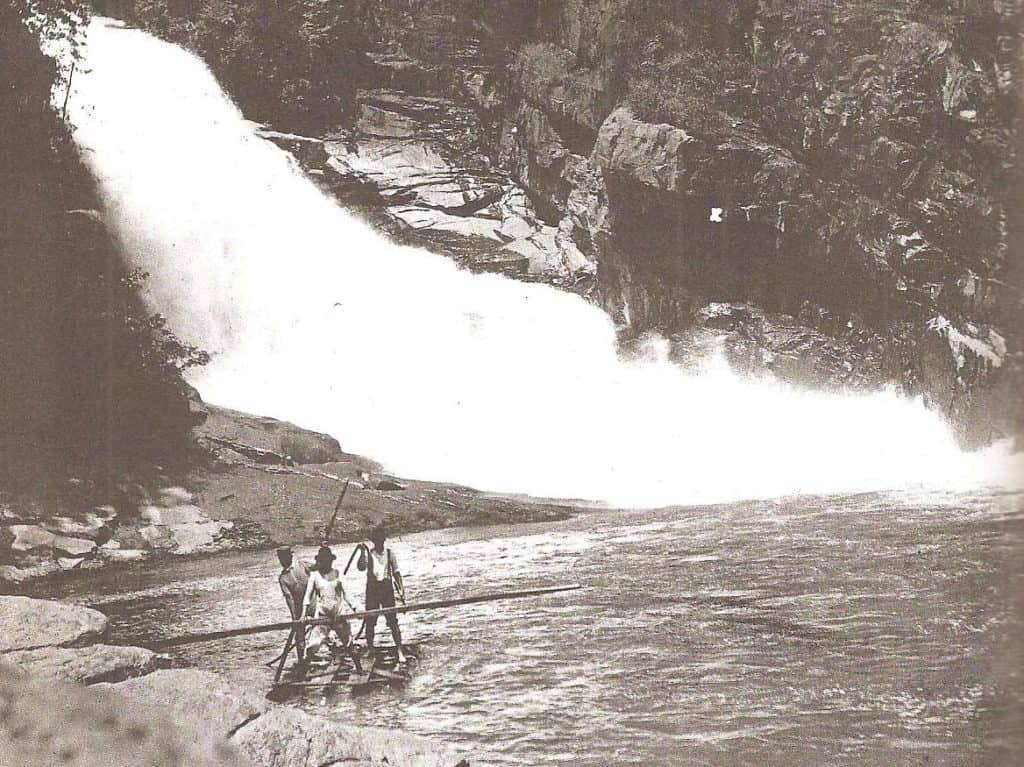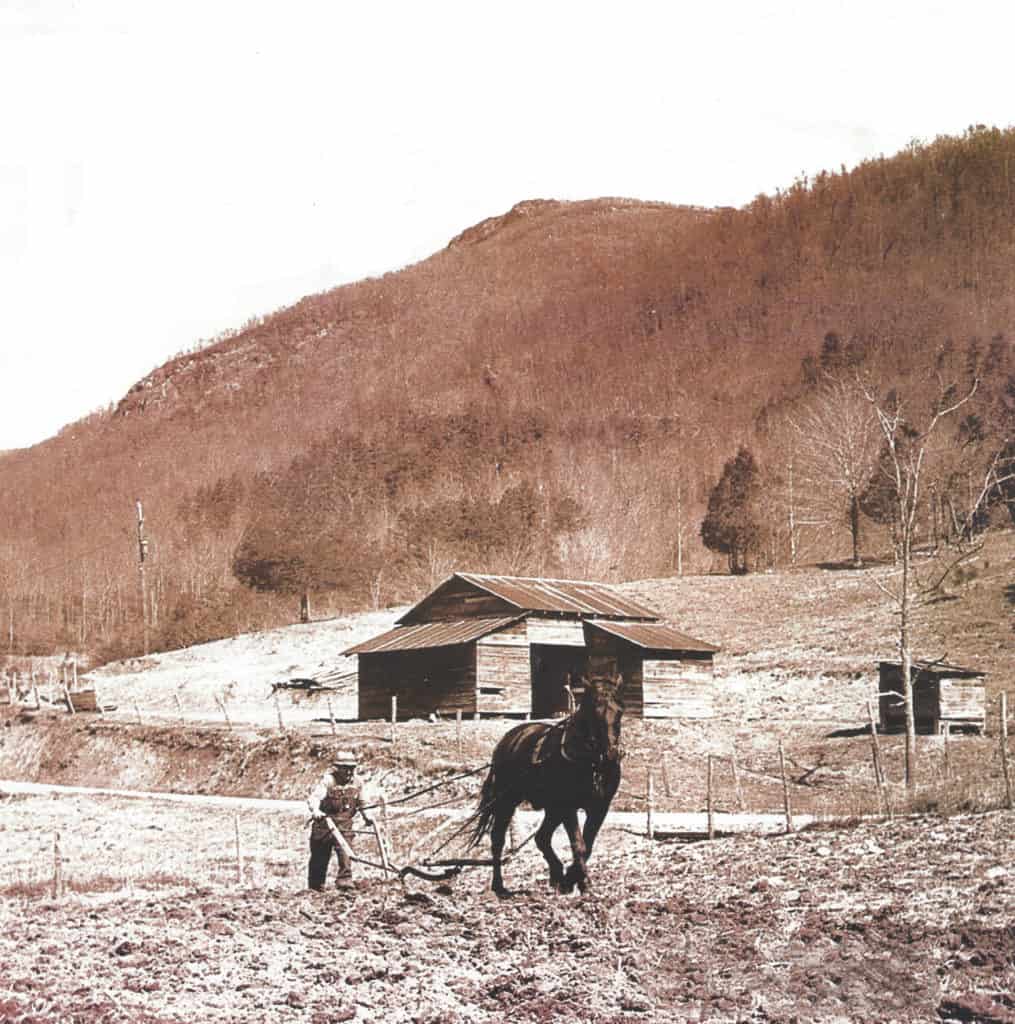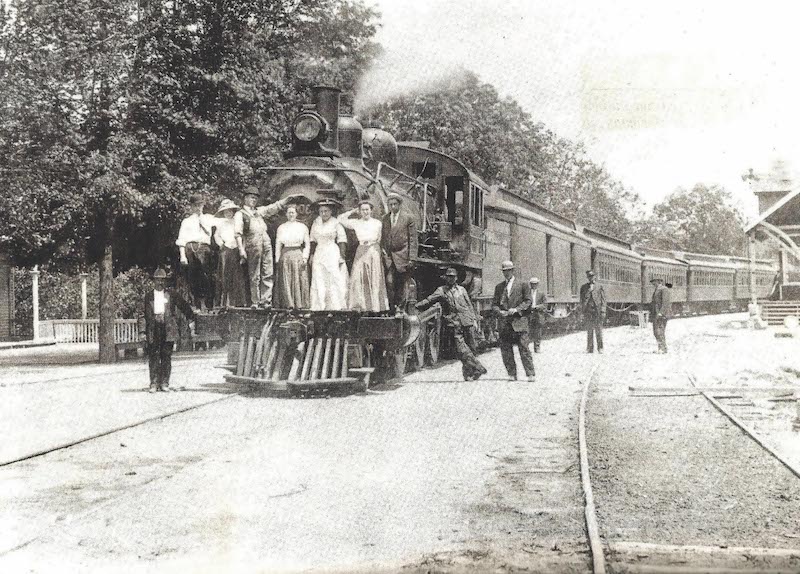From Isolated Wilderness to Weekender Getaway, Natural Beauty Remains Its Best Feature
When the first U.S. census of Rabun County was taken in 1820, just 524 rugged souls called the mountainous terrain home. Two hundred years later, more than 16,000 residents and thousands more visitors are celebrating the county’s bicentennial with a series of events and a look back at the region’s history.
Established by an act of the state legislature on Dec. 21, 1819, Rabun became Georgia’s 47th county. Created on land ceded by the Cherokee Indians in the Treaty of 1819, the county was named after Georgia’s recently deceased governor, William Rabun.

Isolated by imposing natural boundaries – the Tallulah Gorge and River to the south, the Chattooga River to the east, the Little Tennessee River to the north, and a mountainous western border – accessing Rabun County proved difficult. The population grew despite these natural barriers, and by the 1840s, the mighty Tallulah Falls was attracting adventurous tourists, who traveled a rough and winding road to access the natural wonder.
Then, as now, Rabun County’s wild beauty was its main attraction. With the completion of the Tallulah Falls Railroad in 1882, the area opened to an influx of tourism. Running from Cornelia to Tallulah Falls, the railroad connected well-heeled urbanites to the scenery and atmosphere of Northeast Georgia. In a time before air conditioning, many families spent entire summers enjoying the climate of Rabun County. Entrepreneurs responded by building luxurious hotels and amenities.
Tourists weren’t the only ones using the train tracks, however, as the railroad extended into Clayton and later to Franklin, N.C. Timber companies swarmed the region’s lush forests, logging so heavily that the land they left behind was considered nearly worthless. While the timber boom provided short-term economic benefits to the county, it was the purchase of these barren lands by the U.S. Forest Service that led to an ongoing economic driver for the county.
Chattahoochee National Forest now covers almost 150,000 acres of Rabun County, a large portion of the county’s total landmass. Protected within its boundaries are iconic destinations, from the Appalachian Trail to Dicks Creek Falls.

A major blow to tourism in Tallulah Falls came in 1913, when, after much local opposition from conservationists, a hydroelectric dam was constructed to power Atlanta’s streetcars. In 1921, a devastating fire leveled the town of Tallulah Falls, sounding a death knell for tourism at the falls. Tourism there didn’t pick up again until the creation of Tallulah Falls State Park in the 1990s.
The hydroelectric dam’s installation redirected tourism from the falls to the county’s newest attraction, a chain of lakes. These lakes remain a major economic driver in Rabun County, fueled by those who own primary or secondary homes on the lakes and by weekend crowds seeking respite from the heat.
The creation of Rabun County’s lakes ushered in the opening of many hospitality businesses that serve customers to this day, including the York House (1896), the Dillard House Inn (1917), Lake Rabun Hotel (1922), and the Rabun Boathouse (1930s). The era of summer camps in the area was another byproduct of the creation of the lakes, and many of the camps founded during those years still operate today. Camp Dixie, the Athens Y Camp, Camp Rainey Mountain, and YMCA Camp High Harbour are a few well-known examples.
Anyone who recreates on Rabun County’s public land probably has the Civilian Conservation Corps (CCC) to thank. Reacting to the devastating effects of the Great Depression, the administration under President Roosevelt created four CCC camps in the county. Over 1,000 men employed by the CCC built the infrastructure, which is still standing and includes the Warwoman Dell picnic area and the trail to the summit of Rabun Bald.
A more modern addition to Rabun County’s culture is the film industry. Beginning with Walt Disney’s The Great Locomotive Chase in the 1950s but propelled to the spotlight by 1972’s Deliverance, the area’s film industry has become an important aspect of the county’s economy. According to Pam Thompson, Rabun County’s Camera Ready liaison and owner-operator of the Dillard House Stables, the average film crew consists of 100 people, all of whom need to be fed and housed while on site.
Deliverance also ushered in the county’s white-water recreation industry, as viewers saw the protagonists careening down the Chattooga River in breathtaking scenes. The river received its federal “Wild and Scenic” designation a couple of years later in 1974, the same year that Governor Jimmy Carter completed the historic first-ever tandem canoe descent of Bull Sluice.

The 1970s were exciting for another reason, too. Sky Valley Resort, Georgia’s only full-scale operational ski resort, opened in the winter of 1969-1970. While the slopes have since closed, the city of Sky Valley still thrives in its beautiful mountain valley.
These days, as in the olden days, Rabun County’s natural beauty is its best feature. Rabun County native Pam Thompson describes it this way: “Our natural resources are our treasure. It has always been our future and always will be. We are lucky to have this beautiful place that can’t be ruined.”
If Thompson’s words hold true, it’s likely that Rabun County will still be celebrating the beauty of its natural resources when the time for its tricentennial celebration comes around.
Those who are interested in helping Rabun County celebrate its 200th anniversary should consider attending one or more of the following events: Tour & Tea at Tallulah Gorge (Sept. 21), the Annual Foxfire Mountaineer Festival (Oct. 5), Tallulah Falls Founders’ Day (Oct. 5), Rabun County Fair Bluegrass Music Festival (Oct. 19), and the Rabun County Christmas Parade & Birthday Party (Dec. 7). For more information, visit www.rabun200th.com.
